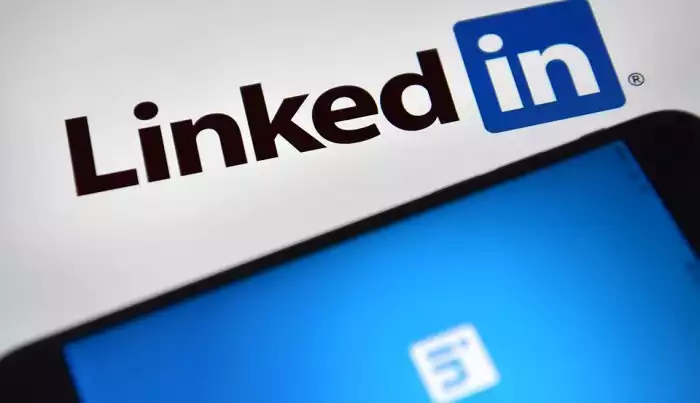Security researcher JB Bowers discovered that scammers are using LinkedIn to target users to give their passwords.
The technique involves tricking unsuspecting users into opening a "LinkedIn Private Shared Document" and then asking them to enter their login credentials on a fake LinkedIn page.
Needless to say, users who receive unsolicited messages from unknown contacts through LinkedIn's internal messaging system should be cautious. This is especially true if they are asked to re-enter their login information.
Users who accidentally enter their login information may also receive phishing messages from their LinkedIn contacts. As for why criminals are targeting LinkedIn users, it may be that frequent LinkedIn users have higher-than-average incomes and are considered high-value targets. Or it could be because LinkedIn is integrated with other Microsoft services such as Office 365, so more information could be stolen if LinkedIn accounts are compromised.
If you or someone you know has received a phishing email from a LinkedIn contact, let us know immediately. Use this guide to have your password changed and report the hacked account to LinkedIn.
Phishing, as the name implies, attempts to lure users into providing sensitive information. This can be in the form of an email promising a free iPad or, as in the case above, something more procedural.
Don't think that phishing attacks only happen on Gmail or large social media platforms. Schools and businesses are also targets of phishing attacks. Scammers are also becoming more sophisticated, and since LinkedIn knows where you work, they can send fake emails that appear to come from your boss.
The best way to protect yourself from phishing is to learn how to spot it. Even if the e-mail appears to come from someone you know, look closely at the message. If you notice anything odd about the formatting or wording of the email, be suspicious immediately. If there are attachments, scan them with one of the best antivirus programs available.
Using the best password manager is another good way to keep yourself safe. Don't use the password managers built into Chrome or Firefox, which are easy targets for malware. And of course, never use the same password twice.
Plus: LastPass Free forces you to choose mobile or desktop: what you need to know [19].










Comments